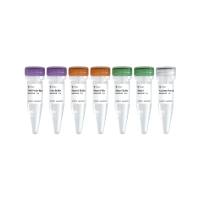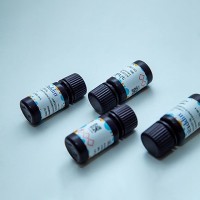In recent years, a voluminous amount of genomic data has been generated for several plant pathogenic fungi. Multiple studies have utilized these genomic data to advance our knowledge about the molecular mechanisms of plant pathogenesis. However, not all plant pathogenic fungi share the same infection strategies, and several genes have been identified that are crucial for plant pathogenesis in one fungus, but dispensable in others. In order for data on biological relevance to keep pace with accumulating genomic data, new biological assays need to be developed for several pathogenic fungi. Accordingly, we have developed an in vitro assay that allows us to monitor morphological changes in hyphal development as the head blight pathogen Fusarium graminearum infects wheat. Using previously frozen detached wheat glumes, we are able to monitor both subcuticular and intercellular hyphal development of F. graminearum . The method described takes only 3–5 days from inoculation to microscopic observation (depending on time point) and does not require any elaborate laboratory equipment or supplies. This method could be adapted for different necrotrophic or hemi-biotrophic pathogens, on their host tissue types, in order to characterize their hyphal differentiation in vitro.






